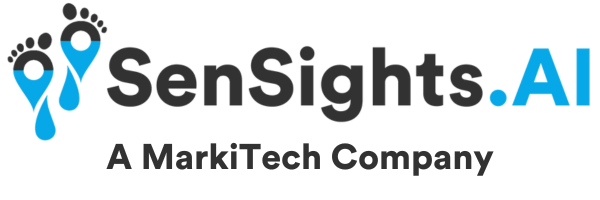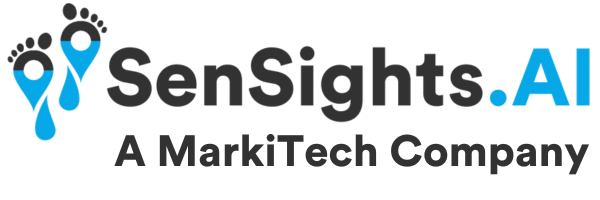Image Credit: Canva
Remote patient monitoring has become a popular means of providing treatment to individuals who are unable to physically visit their healthcare professionals as technology advances in the healthcare business. RPM is a method of monitoring patients’ health data and transmitting it to healthcare experts, allowing them to maintain track of patients’ health without being in the same room as them.
While RPM provides several advantages for patients and healthcare providers, patient education is critical to RPM’s success. This post will go over the significance of patient education in remote patient monitoring.
Understanding Remote Patient Monitoring
Before we get into the role of patient education in RPM, we must first define remote patient monitoring. RPM is remotely monitoring a patient’s vital signs, symptoms, and other health data using technology. Patients are fitted with sensors and other equipment that record information like blood pressure, heart rate, and oxygen saturation. This information is subsequently given to healthcare providers, who utilize it to monitor the health of their patients.
The Advantages of Remote Patient Monitoring
RPM has numerous advantages for patients, particularly those suffering from chronic illnesses such as diabetes, heart disease, and respiratory problems. RPM has the following advantages:
Better patient outcomes
RPM enables healthcare providers to spot changes in a patient’s health at an early stage, allowing for earlier intervention and treatment.
Reduced hospital readmissions: RPM can aid in the reduction of hospital readmissions by recognising potential health issues early.
RPM promotes patients to take an active role in their health by increasing patient engagement and self-management.
The Value of Patient Education
While RPM offers numerous advantages, patient education is critical to its effectiveness. Patient education entails providing patients with the knowledge they need to understand their health condition and manage it properly. Patient education in RPM entails training patients how to use monitoring equipment, evaluate their health data, and recognise when they need medical treatment.
Better Patient Outcomes
By encouraging patient engagement and self-management, RPM patient education can enhance patient outcomes. People who understand their health condition and how to manage it are more likely to follow treatment programmes, resulting in improved health outcomes. Healthcare professionals can prevent issues that could lead to hospitalization or other health problems by providing patients with the required education.
Reduced Healthcare Costs
Patient education in RPM can also assist to save healthcare expenditures by decreasing hospital readmissions and ER visits. Patients are more likely to adhere to treatment programmes if patient engagement and self-management are promoted, resulting in improved health outcomes and fewer hospitalisations.
Improved Patient Satisfaction
RPM patient education can also boost patient happiness by encouraging patient engagement and self-management. People who are taught about their illness and how to treat it are more likely to feel empowered and in charge of their health. This can result in higher patient satisfaction and a more positive overall healthcare experience.
Conclusion
Finally, patient education is critical to the effectiveness of remote patient monitoring. By educating patients, healthcare providers can encourage patient participation and self-management, resulting in better patient outcomes, lower healthcare costs, and higher patient satisfaction. As RPM becomes more widespread, patient education will become even more important for its effectiveness.


